
Explore & Play
Discover interesting topics and solve the accompanying crossword puzzle.
Lighthouse crossword: Guiding Maritime Navigation
Table of Contents
Lighthouse crossword
You can either fill in the crossword puzzle directly on this page or click the button in the bottom right corner to print it for free.
——————————————
Illuminating the Coast: How Lighthouses Guide Maritime Navigation
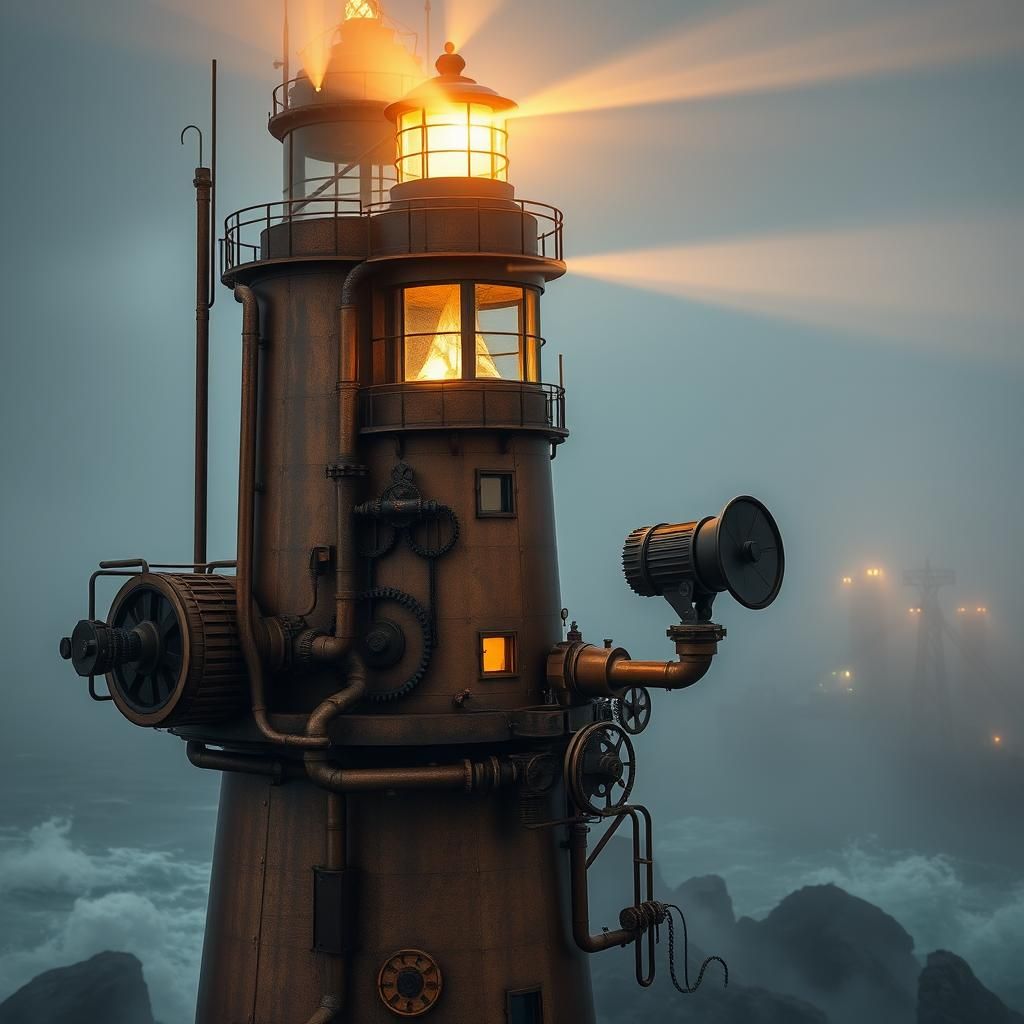
Introduction
There’s something magnetic about a lighthouse — standing tall against the crashing waves, a steadfast beacon in the darkness. Long before GPS screens and digital charts, these towers were the lifeline for sailors threading their way along treacherous coasts. Think of a lighthouse as the original coastal GPS: a powerful eye that scans the horizon, cutting through fog and storm to send a pulse of light that says, “You’re close. Steer clear.”
Back in the day, mariners relied purely on these glowing sentinels, their methods shaped by grit and practicality. Now, technology has stacked the deck with radar, satellites, and automated systems. Yet, the lighthouse still holds its ground — a physical, reliable guide that no amount of digital wizardry can fully replace.
In this story, we’ll dive into the nuts and bolts behind these shining giants. How did the smart design of lenses focus light so far it could be seen for 28 miles, how did clever rotation patterns create multiple beams to identify each lighthouse, and why did foghorns add an aural layer when visibility failed? We’ll peek behind the curtain to meet the keepers who guarded the lamps and keep these mechanical marvels ticking, all while tracing the line from history to today’s tech-enhanced coastal guardians.
Buckle up — there’s more to these ocean eyes than meets the eye.
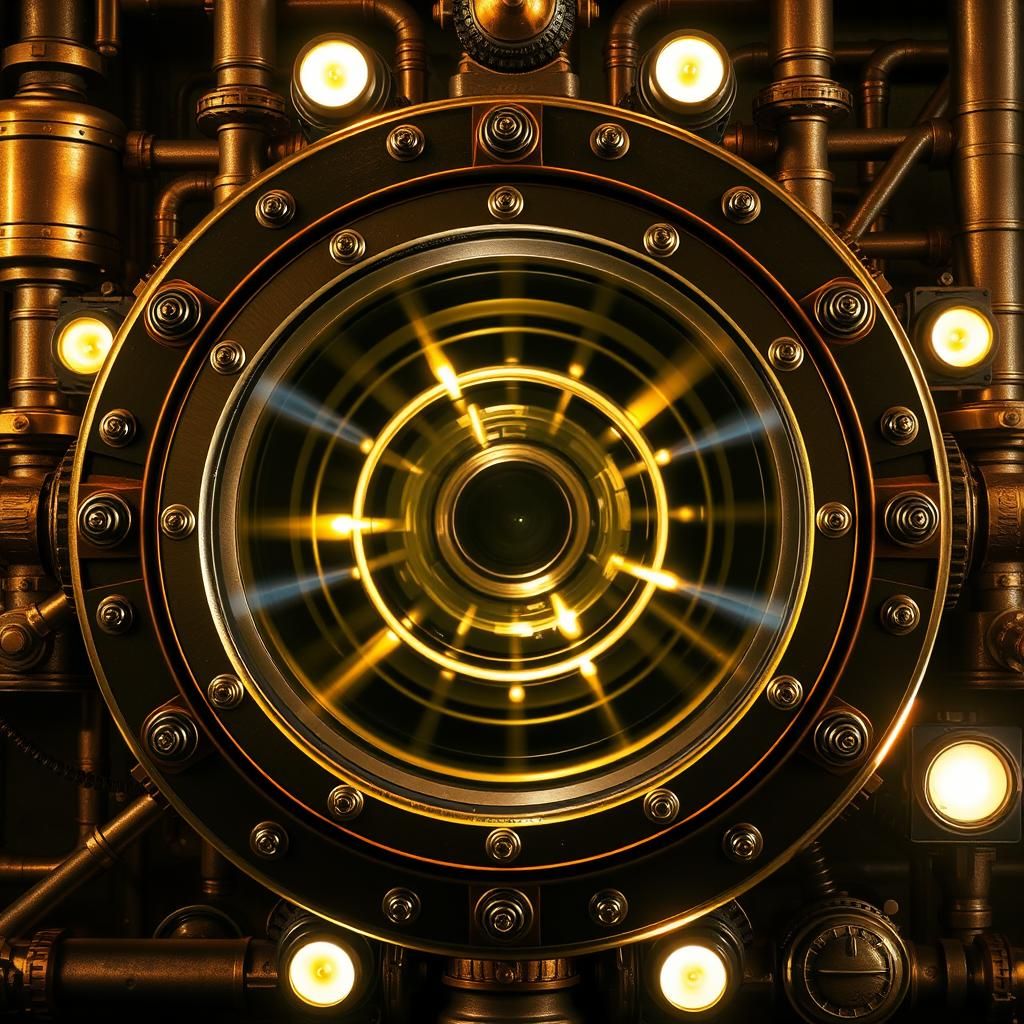
The Technology Behind Lighthouse Illumination
Step up close to a lighthouse lens, and you’re looking at a piece of engineering genius disguised in glass. The heart of the lighthouse’s light show is the Fresnel lens—a clever design that slices up a thick, heavy glass lens into thin, concentric rings. This lets it focus light into razor-sharp beams without the bulk and weight of a solid lens. Imagine taking something as dense as a hunk of steel and shaving it down to a series of rings that catch and bend light with almost surgical precision.
This design revolutionized maritime navigation when Augustin-Jean Fresnel introduced it in the early 19th century. Instead of the light washing out in all directions, these lenses catch stray rays and redirect them forward, producing beams so intense they can reach up to 28 miles out to sea. It’s like turning a simple lantern into a powerful spotlight, slicing through fog and darkness to alert ships miles away.
The lens isn’t just a static glass window—it spins. Embedded within are bull’s-eye panels, each acting like a magnifying glass for the lamp’s glow. As the entire assembly rotates, these panels flash focused beams rhythmically across the horizon. If the lens has eight panels, you get eight distinct beams, each slicing through the night like fingers of light. This rotation isn’t just about making the lighthouse visible; it’s a signature pattern, letting mariners identify which lighthouse they’re seeing based purely on its flash rhythm.
Reflectors and beacon lamps play their own supporting roles. Reflectors—polished metal surfaces nestled behind the light source—trap and bounce stray photons forward, beefing up that beam’s power. And beacon lamps act as unsung heroes: critical backups that kick in if the primary light fails or when conditions demand extra visibility. In an age where GPS is king, these physical flashes still provide an unshakable, tangible point of reference for sailors, especially when satellites throw up static.
So, the next time you spot a lighthouse beam flicking across a dark swell, remember it’s not just a pretty light. It’s a finely tuned machine, honed over centuries to carve paths through the night, saving lives by sheer, focused brilliance.
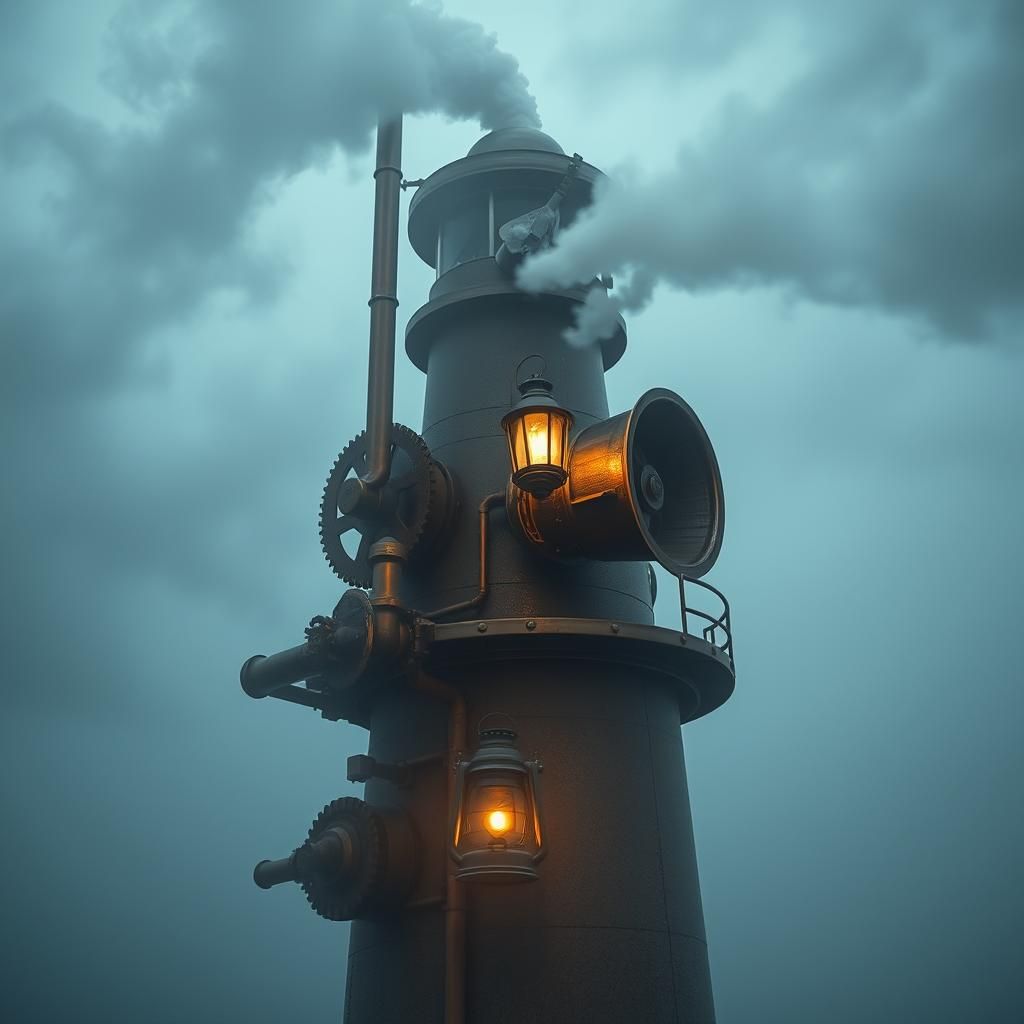
The Role of Foghorns and Keepers
When fog rolls in thick and heavy, swallowing the coastline like a curtain of grey wool, lighthouses can’t rely on their beams alone. That’s where foghorns come in—deep, booming alarms piercing the mist to warn ships that danger is near. These aren’t just random blasts; foghorns have a rhythm and purpose. Back in the day, lighthouse keepers would manually fire them up only when visibility dropped low enough to make the light all but useless. No constant drone, no endless noise pollution—just well-timed warnings, like a cautious shout in a thick forest.
The keepers themselves were the unsung heroes behind all this. Think of them as the steadfast guardians of the coast, working long hours in harsh conditions. These folks weren’t just tending a bulb—they patched worn gears, polished massive lenses, and stood watch through storm and silence alike. Stories abound of keepers braving howling winds and icy decks, hands raw from handling heavy chains while knowing that one slip could mean disaster for a passing ship.
Automation has trimmed the need for round-the-clock human oversight, but it’s worth remembering that every silent, glowing lens and every foghorn blast still carries the legacy of those keepers. Their grit kept the lights burning and the foghorns sounding, turning lonely towers into lifelines for sailors threading the perilous edges of land and sea.
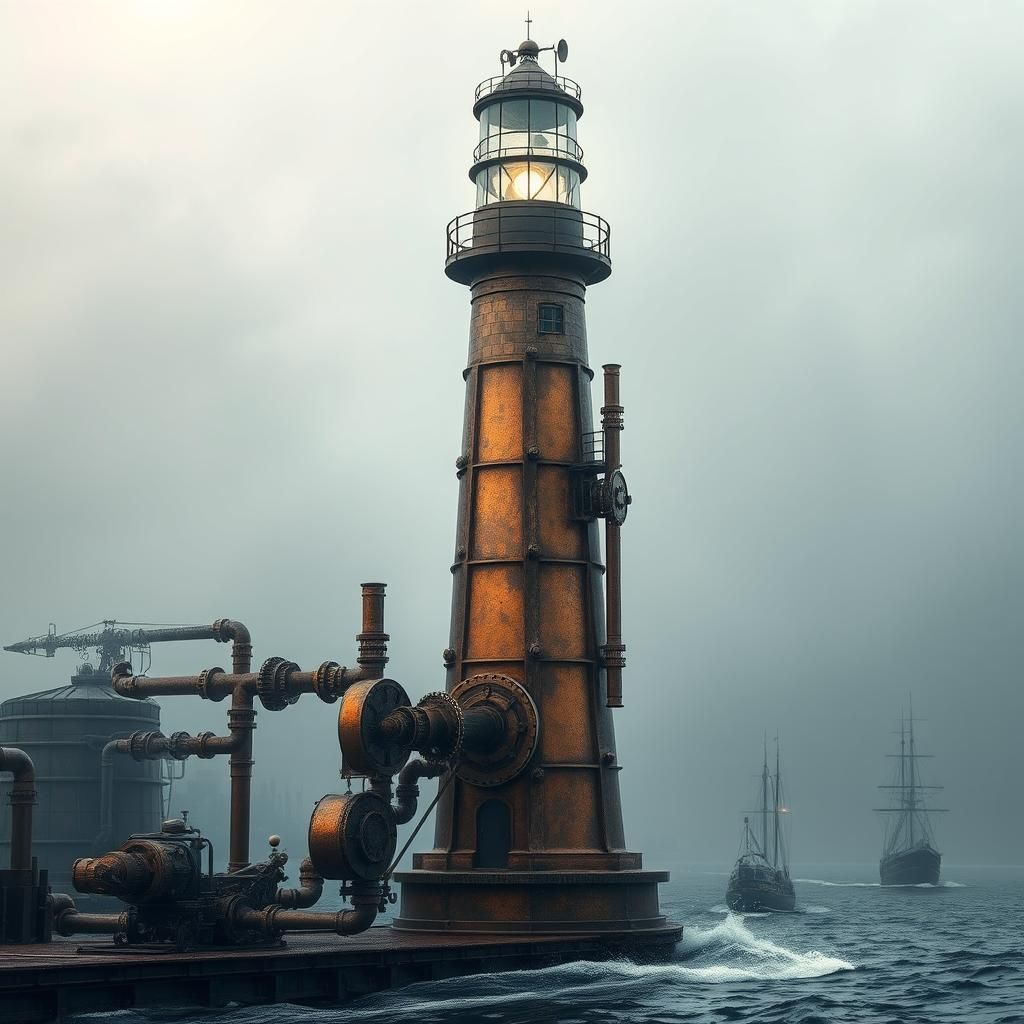
Modern Perspectives on Coastal Safety and Navigation
Even with GPS mapping out every inch of the oceans, lighthouses still matter — and here’s why. GPS might be king when it comes to pinpointing locations, but it’s not foolproof. Signals can get jammed, blocked, or downright vanish in rough weather or busy ports. That’s when a lighthouse’s steady beam becomes more than just a nostalgic glow; it turns into a trusted, physical beacon cutting through the chaos.
Think of a lighthouse as a fixed landmark that no satellite can lose track of. Its light and reflectors don’t rely on signals bouncing off satellites but on plain-old physics — glass, prisms, and electric bulbs working together to guide ships safely home. Especially in crowded harbors or tricky coastlines, these blinking eyes of steel and glass help captains make split-second decisions, steering vessels away from danger and into safe channels.
But lighthouses aren’t stuck in the past. Modern upgrades have fine-tuned their beams with smarter controls, better bulbs, and even LED tech that stretches the light farther while sipping less power. These innovations blend seamlessly with the classic architecture and mechanical heart of the old towers, preserving that gritty charm while boosting functionality.
Looking ahead, lighthouses stand to remain vital components in the layered safety nets of maritime navigation. They’re the backup when tech fails, the guardians of coastal traffic, and a steady pulse in a sea of digital signals. So next time you spot one, know it’s more than a scenic relic — it’s a hardworking sentinel, watching over the waves with eyes that never blink.

Conclusion
Lighthouses stand at the crossroads of history and innovation — their bright beams a testament to centuries of human ingenuity. From the clever curves of Fresnel lenses that grab every stray bit of light, to the steady spin of rotating beams that paint the night with signals, these structures marry old-school craftsmanship with modern smarts. Foghorns, once the voice in the fog, and the tireless keepers who tended the flame, remind us that lighthouses have always been more than bricks and glass; they’re guardians watching over restless seas.
Even in our GPS-driven age, when satellites whisper our position from orbit, lighthouses hold firm. They offer a reliable, physical presence — a solid reference point in a world that can sometimes lose signal or sense. Reflectors and beacon lamps work quietly behind the scenes, ensuring no captain is left guessing, especially in crowded harbors or tricky coastlines.
So next time you spot a lighthouse’s beam slicing through the night, remember it’s more than just a pretty light. It’s a living legend, a blend of gears, glass, and guts, standing tall to keep sailors safe. Supporting their preservation and technological upkeep means keeping that story alive — the story of people who looked out into the dark and said, “Here’s a light to guide you home.”
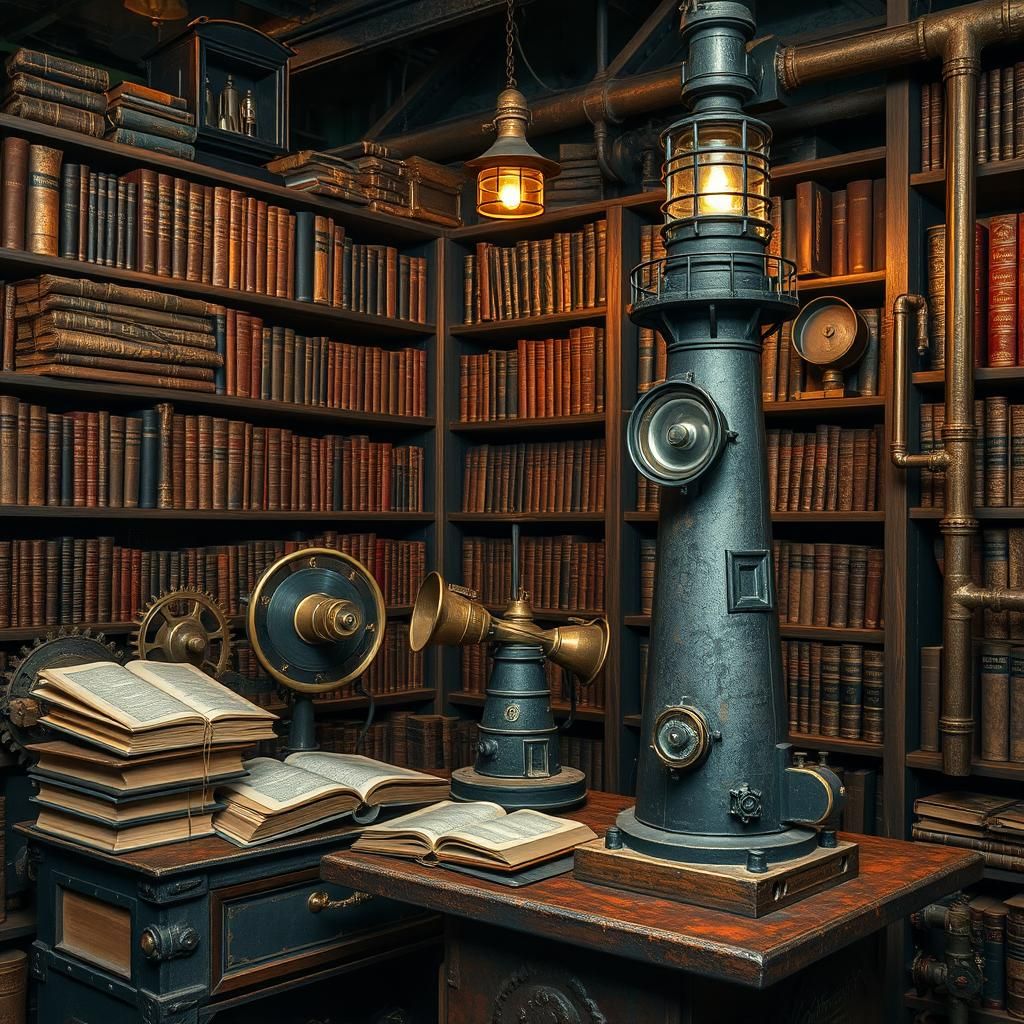
References and Further Reading
If you’re ready to dig deeper into the world of lighthouses—their guts, grime, and glow—these resources are a solid place to start:
-
Lighthouse Preservation Facts: Dive into the nuts and bolts of keeping these towers alive and shining. From history to modern upkeep, this site covers it all.
https://lighthousepreservation.org/facts/ -
Lens Rotation Mechanics: Ever wondered how those massive Fresnel lenses keep spinning like clockwork? This page breaks down the tech with plenty of photos and diagrams.
https://uslhs.org/resources/lighthouse-technology/lens-rotation -
The Foghorn’s Last Echo: A thoughtful piece on the fading roar of foghorns, blending history with a dash of nostalgia for these mighty maritime alarms.
https://nautil.us/requiem-for-the-foghorn-353787/ -
GPS vs. Lighthouses: An insightful take on why even in our satellite-powered age, a lighthouse’s beam still holds its own where digital signals falter.
https://www.pressherald.com/2023/06/13/6-12-boak-jack-gps-not-a-reliable-navigational-substitute-for-lighthouses/ -
Fresnel Lens Technology: Get a close-up look at how Augustin-Jean Fresnel’s genius lens turned lighthouse lamps into coastal beacons visible for miles.
https://www.staugustinelighthouse.org/2015/11/18/lighthouse-technology-frensel-lens/ -
Beam Control in Marine Navigation Lights: For those who love the fine details, this site explains how modern beam shaping and reflectors keep vessels on course.
https://www.yushuolighting.com/beam-control-in-marine-navigation-lights -
The Lighthouse Story: A well-rounded narrative mixing history, technology, and preservation efforts—perfect for anyone fascinated by these coastal sentinels.
https://timeoutspecialist.com/the-lighthouse-story/
With these links, you’re set to explore the living history, ingenuity, and quiet power behind lighthouses—machines that have guided mariners through darkness and storms for centuries. Who knows what old secrets you might uncover next time you shine a flashlight down the tower stairwell?
Share to...
I hope you enjoy the content.
Want to receive our daily crossword puzzle or article? Subscribe!
You may also be interested in
Share to…
Want to receive our daily crossword puzzle?
-
Jigsaw Puzzles
Flåm Railway Abstract Art Jigsaw Puzzle 250 | 300 | 500 Pieces
kr 348,00 – kr 439,00Price range: kr 348,00 through kr 439,00 Select options This product has multiple variants. The options may be chosen on the product page -
Jigsaw Puzzles
Lofoten Serenity: Abstract Puzzle 250 | 300 | 500 Pieces
kr 348,00 – kr 439,00Price range: kr 348,00 through kr 439,00 Select options This product has multiple variants. The options may be chosen on the product page -
Jigsaw Puzzles
Oslo Opera House Abstract Jigsaw Puzzle 250 | 300 | 500 Pieces
kr 348,00 – kr 439,00Price range: kr 348,00 through kr 439,00 Select options This product has multiple variants. The options may be chosen on the product page

















